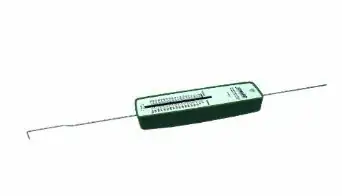Edit: Assume you do have access to all sorts of instruments, but they are all shrunk in proportion. My real question is:
If you are shrunken (or expanded) by a constant factor and put in a room shrunken by that constant factor, can you be fooled into thinking you are in a regular-size world, by altering your time perception by a constant factor?
Suppose a magic fairy comes up to you, and transports you into some opaque box. You are given a potion that alters your time perception, and changes the size of your body.
Assume that the effects of the potion are constant: each second feels like $x$ seconds, and your height has been multiplied by a factor of $y$. You do not know the values of $x$ and $y$.
Helpfully, the fairy has left you a suitably shrunken/expanded copy of a textbook, listing basically every single constant and formula in physics. Unfortunately for you, all the dimensionful constants are measured in SI units.
There is no clock or ruler in sight. You can measure the ratios of sizes or time intervals because the potion doesn't have variable effects.
The fairy gives you a pencil, and says that once you tell him how long the pencil is, in centimeters, you are released.
There are some ways to do this task of course. The ones I thought of involve building a microscope and attempting to eyeball the radius of, say, a carbon-12 atom, and then multiplying that by the ratio between the radius of a carbon-12 atom and a meter, found in the textbook. However, this is close to impossible to do. We might be able to try to diffract light to measure objects in multiples of, say, the wavelength of 500 nm green light.
However, neither of these methods are particularly accurate or useful. Besides, without any measurement equipment we can't be sure of the wavelength of the light. Would there be some obvious, classical way of deriving the length of a meter without access to any ruler?
